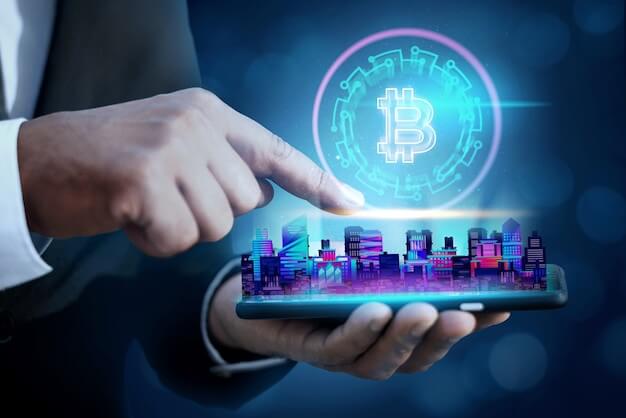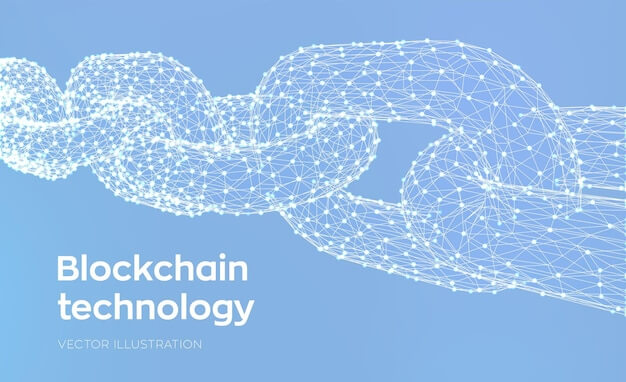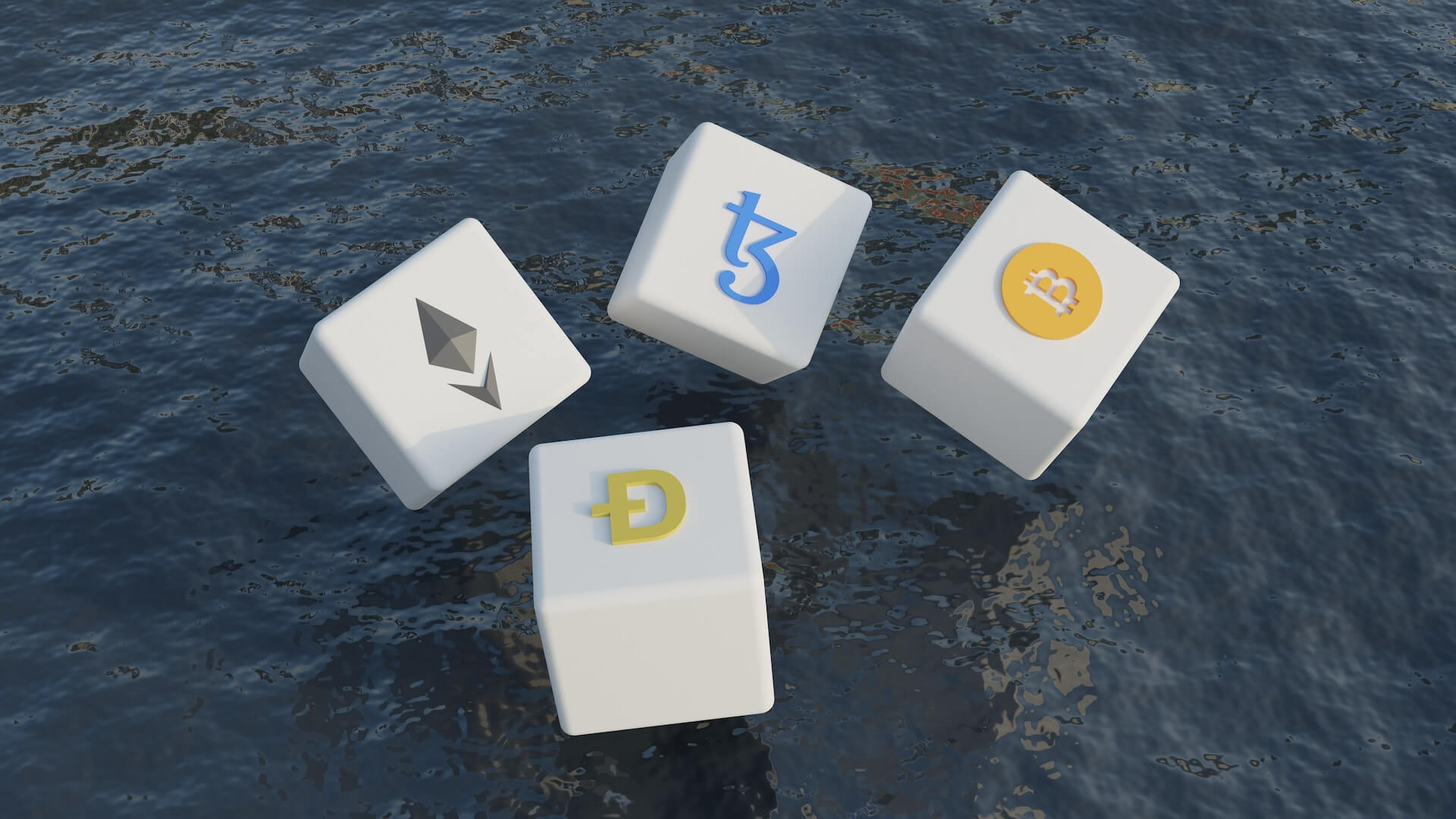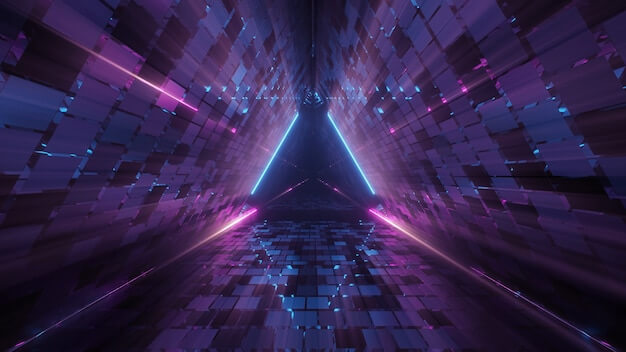
The simplest and best definition of blockchain technology is to regard it as electricity, that is, only see its applications, but know how important it is, and know that many applications and products can run on it.
But like any other technology, it has gone through several stages and developed with development and maturity. We started with blockchain 1.0, and now blockchain 4.0.
In the following article, we will explain each version of the blockchain:
Blockchain 1.0 -- Cryptocurrency
The first application of blockchain is Bitcoin. Blockchain has become the promoter of "decentralized currency Internet" by providing power for cryptocurrency. By providing transparency, accountability, immutability and security, the blockchain soon triggered an influx of more cryptocurrencies. Today, we have more than 10000 different cryptocurrencies in circulation.
Cryptocurrency type
- Central Bank Digital Currency
- Stable currency
- Cryptocurrency (Bitcoin, Ethercoin)
- Memetic currency
![]()
Blockchain 2.0 -- Smart Contract
Blockchain 2.0 has brought the era of smart contracts, helping blockchain surpass its original cryptocurrency function.
What is a smart contract
- Smart contracts are essentially automated protocols between contract creators and recipients.
- The protocol is written into the blockchain in the form of code, making it both immutable and irreversible.
- They are often used to automate the execution of agreements, so that all parties can immediately determine the outcome of the agreement without any mediation.
- The workflow can be automated and started when certain conditions are met.
A key benefit of smart contracts is that they automate tasks that traditionally require third-party intermediaries. For example, due to the existence of smart contracts, the fund transfer from customers to freelancers does not require bank approval, and the whole process can be completed automatically. All that is needed is for both sides to agree on a concept.
The reason why smart contracts are widely welcomed is that they have tamper proof functions, reduce the cost of verification, exception, arbitration and fraud protection, and allow automatic execution without permission. In addition, smart contracts allow transparent data recording, which is easy to verify and provides equal sovereignty to all parties involved in their transactions.
The very popular Ethernet currency is the second generation blockchain. To promote the function of smart contracts, Ether is the preferred blockchain for cross industry enterprises, especially supply chain, logistics and cross-border payment.
Although it is the second generation blockchain, Ether has always been at the forefront, expanding its products to expand blockchain functions across industries. Ethercoin is in a leading position in various fields, such as intelligent contacts, decentralized applications, asset tokenization, human organization collaboration, decentralized finance, and heterogeneous authentication.
Blockchain 3.0 - Decentralized Application
Blockchain 3.0 is about decentralized applications.
Decentralized applications are applications that run on a P2P network of computers, not on a single computer. Decentralized applications have existed since the emergence of P2P networks. They are software programs designed to exist on the Internet in a way that is not controlled by any single entity.
With the front-end user interface, call the back-end smart contract hosted on the decentralized storage, and support various powerful blockchain use cases, such as decentralized financial platform, encrypted loan platform, heterogeneous token market, P2P lending, etc.
Driven by new consensus mechanisms such as proof of interest and proof of history, the third-generation blockchain protocol focuses on speed, security, scalability, interoperability and environmental friendliness.
Due to the advantages of transparency, scalability, flexibility and reliability, the global decentralized application market is expected to reach 368.25 billion dollars by 2027. It has found applications in vertical fields such as games, finance, social media and encrypted transactions.
Blockchain 4.0 -- Innovation
Blockchain 4.0 focuses on innovation. Speed, user experience and usability will be the key areas of blockchain 4.0. We can divide blockchain 4.0 applications into two vertical areas:
- Web3.0
- Metauniverse
Web3.0
The Internet is constantly changing. We are moving towards the third generation of Internet services, which will be driven by technological advances such as the Internet of Things, blockchain and artificial intelligence. The core of Web3.0 is decentralization, so blockchain plays a key role in its development.
Web 2.0 is revolutionary in providing new choices for social participation. But in order to take advantage of these opportunities, as consumers, we poured all our data into the centralized system, gave up privacy, and exposed ourselves to network threats. The Web 2.0 platform is managed by central authorities, which regulate transaction rules and also have user data.
The global financial crisis in 2008 exposed loopholes in central control, paving the way for decentralization. The world needs Web 3.0, which is a user independent platform. Because Web3.0 aims to create an autonomous, open and intelligent Internet, it will rely on decentralized protocols, which blockchain can provide.
There are already some third-generation blockchains designed to support web3.0. But with the rise of blockchain 4.0, we can expect more blockchains focusing on web3.0 to emerge. These blockchains will have cohesion and interoperability, achieve automation through smart contracts, seamless integration, and anti censorship storage of P2P data files.
Metaverse
The dream projects of technology giants such as Facebook, Microsoft, Nvidia and Metauniverse will be the next big event we will experience in the next few years. We connect with the virtual world through different contact points, such as social activities, games, work, network, etc. The universe will make these experiences more vivid and natural.
Advanced AI, IoT, AR&VR, cloud computing and blockchain technologies will play a role in creating a virtual reality space of the meta universe, and users will interact with computer generated environments and other users through real experience.
The centralized meta universe requires more user participation, more in-depth use of Internet services, and more disclosure of users' personal data. All these almost mean a higher risk of cybercrime. It is not a sustainable development model for the future of the meta universe to hand over power to central institutions to manage, control and distribute user data. Therefore, it is very important to develop a decentralized meta universe platform to provide users with autonomy.
In addition, the advanced solutions of Blockchain 4.0 can help users of the Metauniverse standardize their security and trust needs. Take the Metauniverse game platform as an example. On this platform, users can purchase, own and trade game props with great potential value. In order to prevent the forgery of these assets, it is necessary to prove the ownership through such immutable and rare things as heterogeneous certificates.
The blockchain 4.0 solution can help achieve the following meta universe development needs:
- Decentralization
- Decentralized data management
- Safety
- Digital proof of ownership
- Digital collectability of assets
- Governance
- Deliver value through encryption
- Interoperability
Finally, Blockchain 4.0 will enable enterprises to transfer some or all of their current operations to security and self recording applications based on decentralized, untrusted and encrypted ledgers. Enterprises and institutions can easily enjoy the basic benefits of blockchain.







